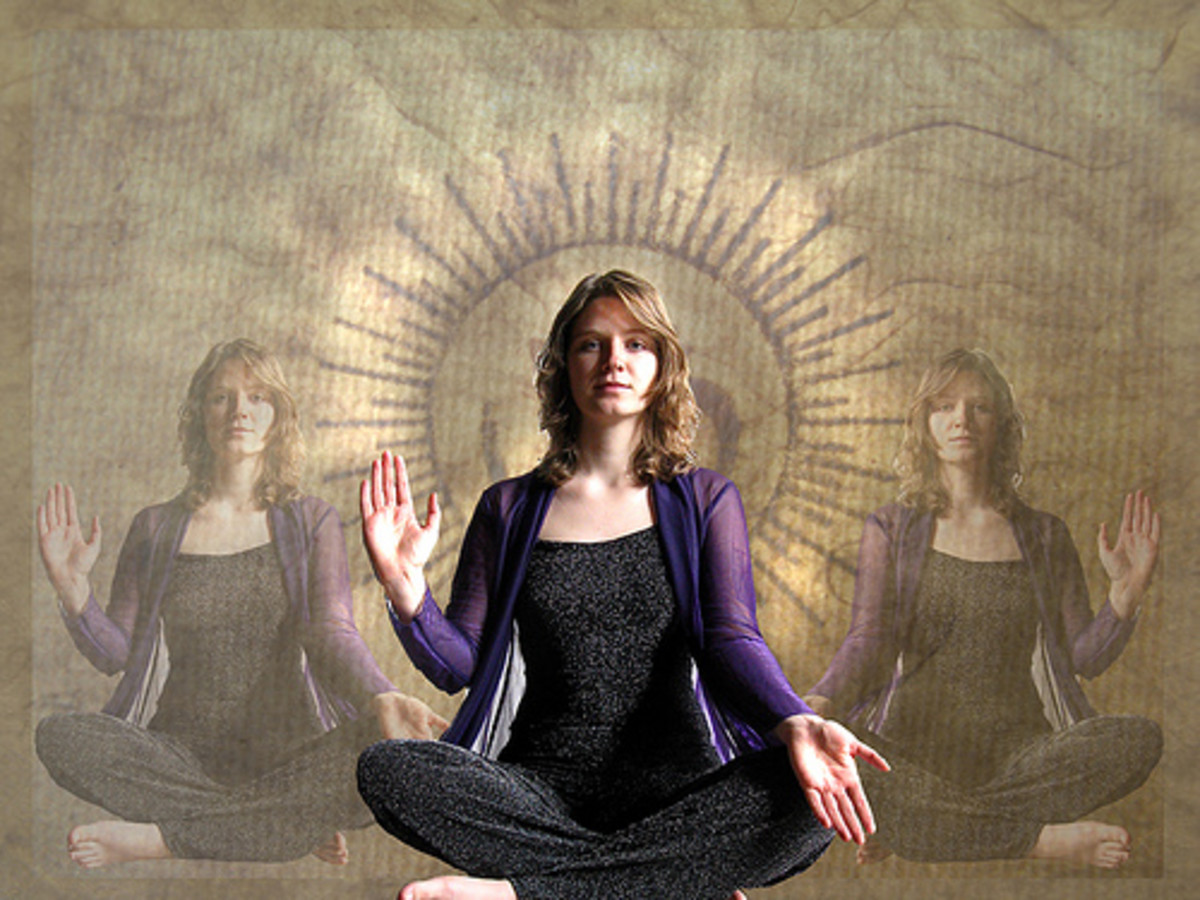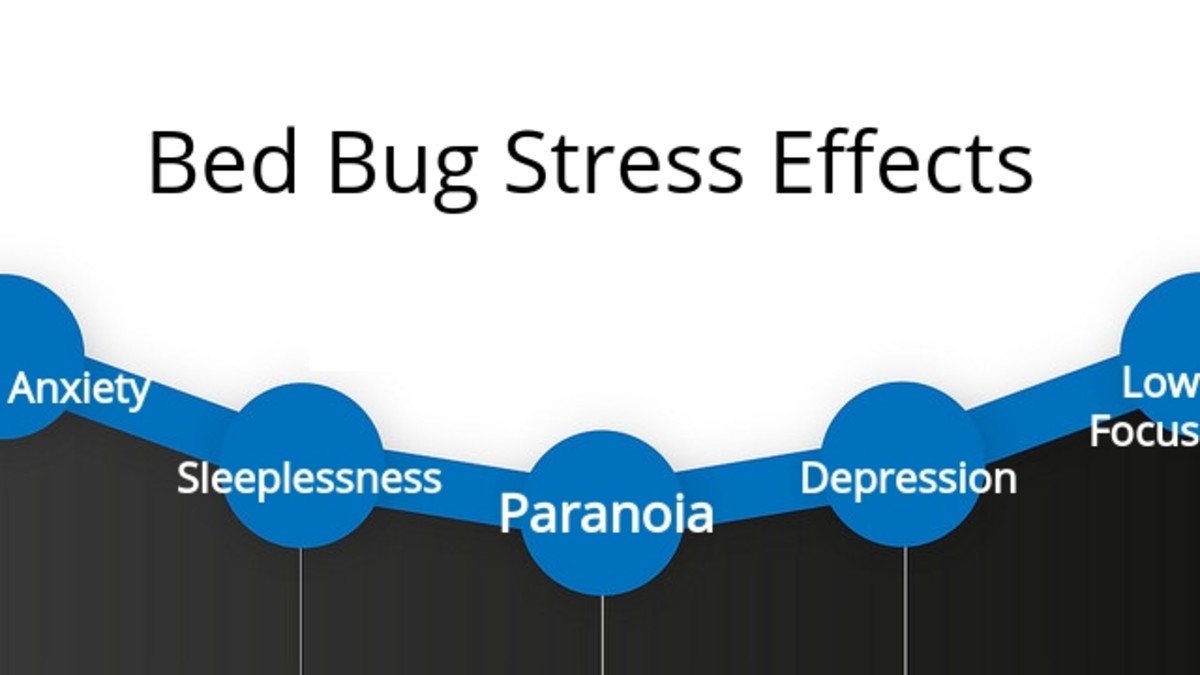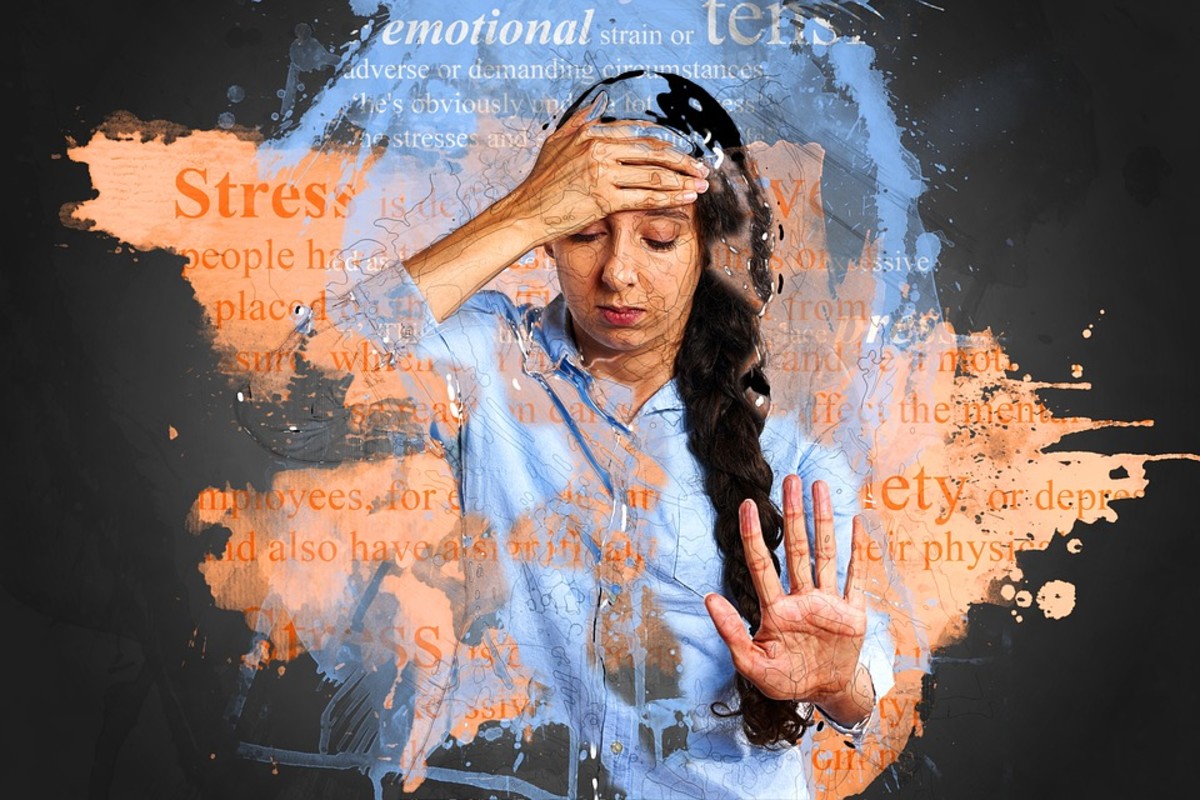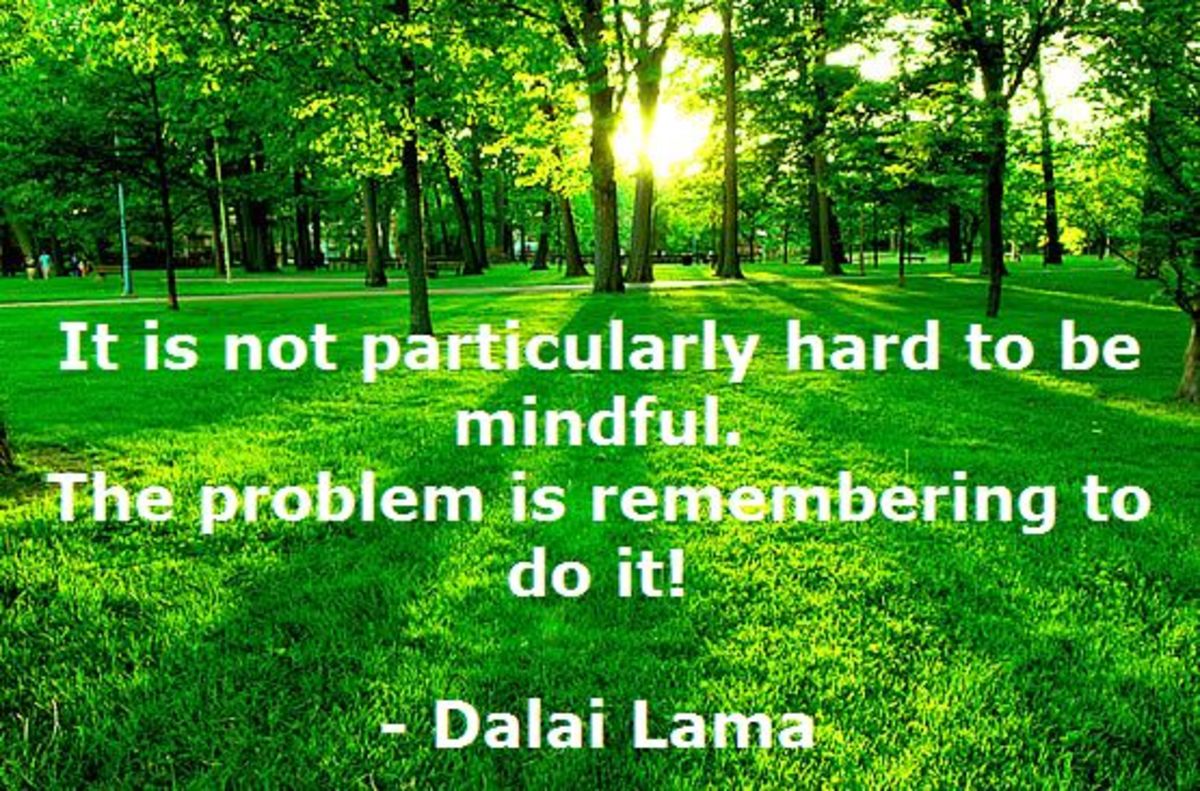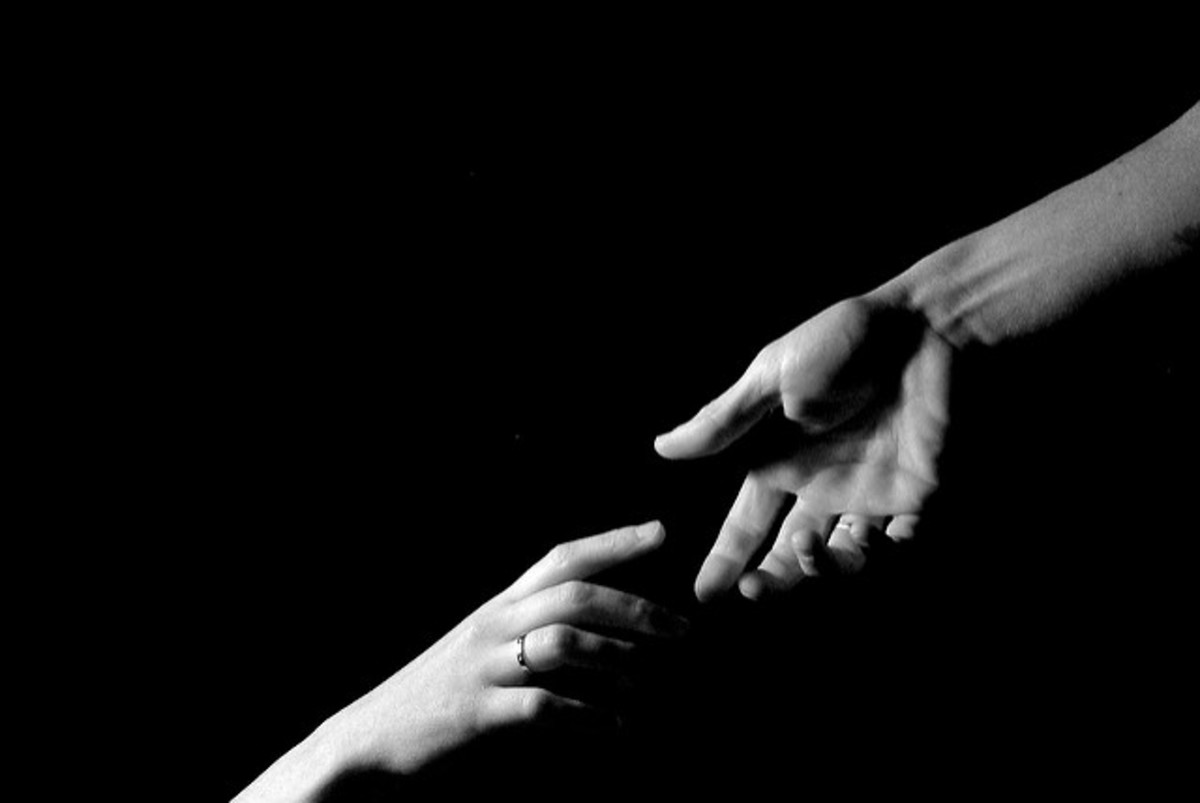Mindfulness Meditation for Anxiety: Must Read!
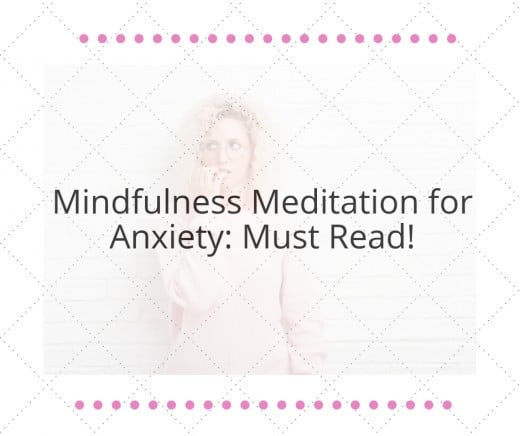
Mindfulness Meditation for Anxiety: Must Read!
Using mindfulness meditation for anxiety is one of the best ways to help keep its impact on your life minimal. Learning to view the world through non-judgmental eyes is one of the best lessons that you can learn. It also happens to be one of the best ways to overcome anxiety. This article will show you the specific steps to take in order to help ease the symptoms that come with anxiety. If you’re one of the 6.8 million adults that suffer from anxiety, then this is a must-read!
What is Mindfulness Meditation?
Meditation has roots that can be traced back to a lot of different religious practices. In most cases, religions will have some form of meditative practice attached to it. Prayer and mantras are two of the most well-known examples.
My point is that meditation and mindfulness go hand-in-hand. Meditation is designed to help us center our mind while mindfulness requires us to be aware of each and every moment.
That’s why mindfulness-based meditation is the most widely recommended practice for treating anxiety. The overall goal is to train our mind to detach itself from thoughts that make us anxious. This is done by finding awareness in the present moment.
Meditation for Anxiety in 6 Easy Steps
If you are suffering from anxiety, then you can start easing the symptoms by practicing daily meditation. You won’t have to dedicate a lot of time to this. 10 minutes every night is enough, but you can invest more time if you want.
- Find a comfortable, quiet place where you are free of distractions. Sit in a chair. Place both feet on the floor.
- Breathe normally. Carefully observe each breath. Do not try to use rhythmic breathing or anything like that. Just breathe normally. The goal in this step is to simply observe your breath as you inhale and exhale. Do this without judgment.
- If you feel your mind drifting elsewhere, press your finger into the palm of your hand. This will be your trigger to pull your mind back into the moment. You’ll use this anytime your mind starts to drift.
- Thoughts will cross through your mind at this point. Observe them, acknowledge their existence without judgment, and then shift back to focusing on your breathing.
- Continue this for 10 minutes. Observe, acknowledge without judgment, and then use your breathing to center your mind.
- Open your eyes and observe how you feel without any judgment.
The key takeaway of mindfulness is to take in the world around you and accept it for what it is. Never judge it as being good or bad. It simply exists.
Final Piece of Advice
I highly recommend that you keep a journal to help you keep track of your journey. Keeping track of your thoughts is the only way you can know for sure whether or not your efforts are working.
You should also learn as much as you can about anxiety. Knowledge is power.
This content is accurate and true to the best of the author’s knowledge and is not meant to substitute for formal and individualized advice from a qualified professional.
© 2019 Lynna K Teer

